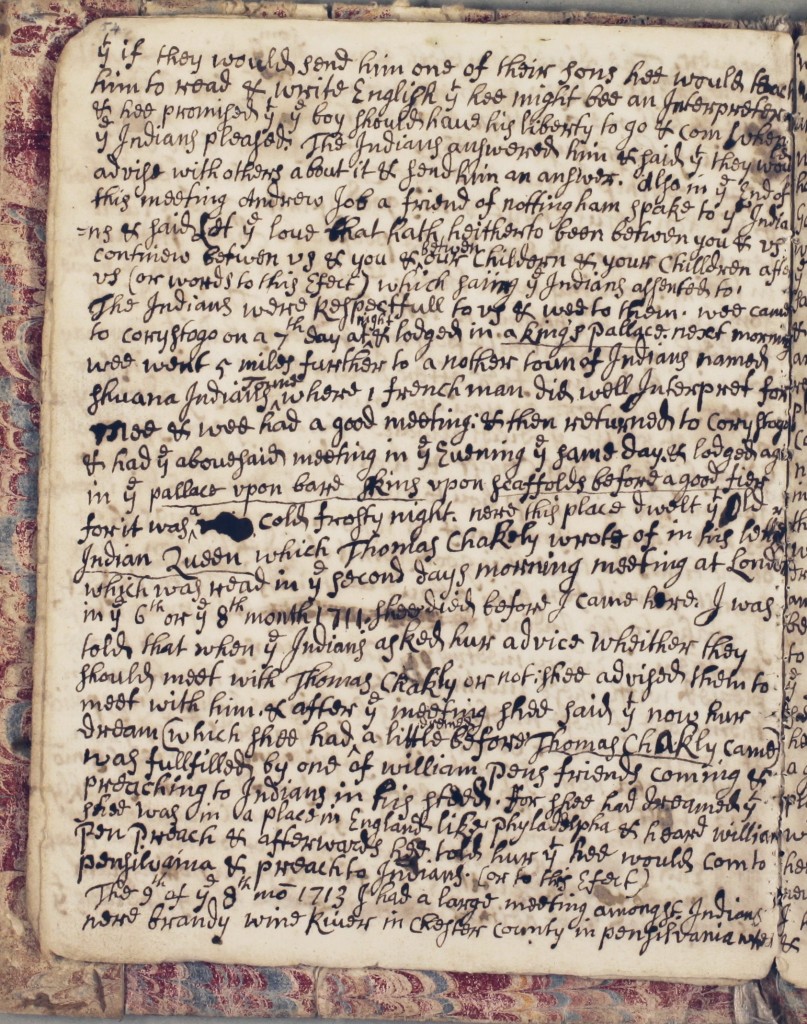As part of our 75th anniversary celebrations this year, we asked you, our users, to nominate your favourite ERO documents. Today’s nomination comes from Rosemary Hall, and is a map made by John Walker of Chignall in 1599, or to give it its full title, ‘A true platt of Beamond Oates measured and taken the laste of Nouember 1599 for the right worshipful Sir John Petre knight by John Walker’.
The map covers an area of 241 acres about a mile and a half north of Writtle in the modern parish of Chignall. It shows a farm which was part of the estates of the Petre family of Ingatestone Hall, called variously Beamond Oates, Otes, Moates, Motts and Mottes. The map shows the site of a former farm house, labelled as Beamond Moates, and the current house and surrounding barns (see extract below). It measures 17 x 22 inches, and is at a scale of about 26.6 inches to 1 mile. The map seems to have been a draft – it has Walker’s characteristic accuracy, but lacks the finish of some of his other maps, which perhaps suggests that Sir John Petre was happy with the draft as a practical record of the farm.
We’ve written a little already about John Walker and his map of Chelmsford (here); Walker was an incredibly skilled map maker, and his son, also John, took up the profession. A.C. Edwards and K.C. Newton in The Walkers of Hanningfield (well worth a read – available in the ERO library), suggest that this map is the first work we have of John Walker junior – the use of a yellow to represent thatch on the farmhouse is seen in his later maps, and is distinct from the brown his father usually used, and the handwriting of both father and son appears on the map.
Rosemary Hall writes:
[My favourite ERO document] is a Map of Chignal D/DP P6, “A true platt of Beaumond Otes…[drawn] for Sir John Petre.” I grew up in Chignal Road, and walked over that area, and well remember my fascination and delight upon discovering that many of the woods that I knew dated back 400 years! It was one of the things that triggered my interest in local history; along with the encouragement of the Essex Record Office. Alas! I am an exile from Essex now, but I am continuing to research the history of my adopted city of Coventry.
Thank you to Rosemary for turning the spotlight onto this wonderful piece from our collections. If you would like to nominate your own favourite ERO document, we would love to hear from you. Simply download this form, and return it to the Searchroom desk or by e-mail to hannahjane.salisbury[at]essex.gov.uk. There are also paper copies available at the Searchroom desk.





